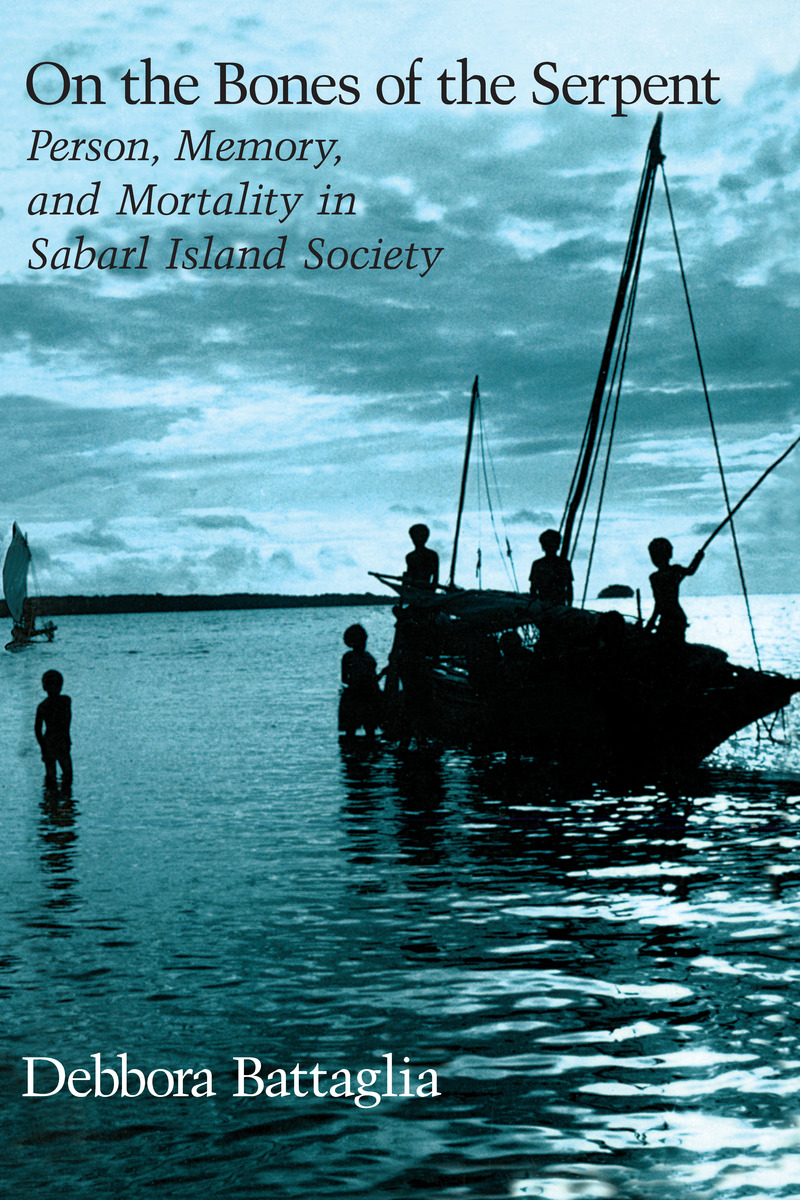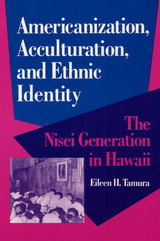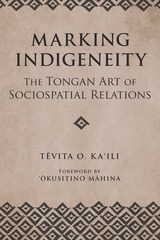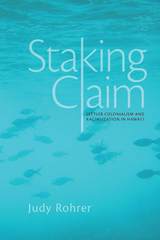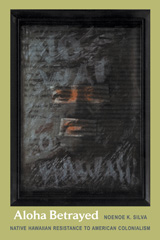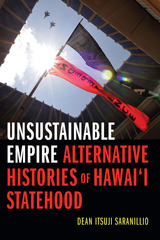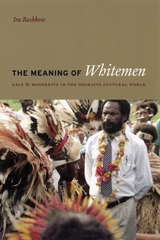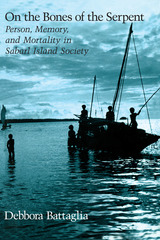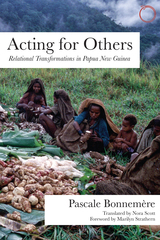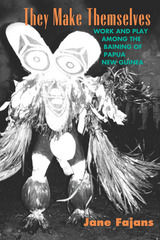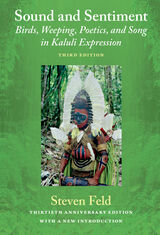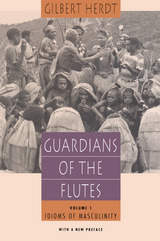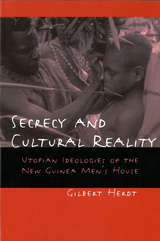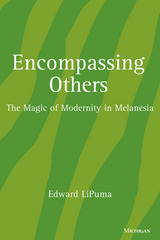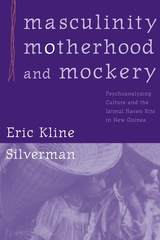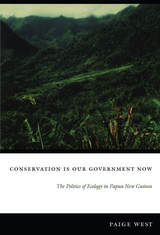On the Bones of the Serpent: Person, Memory, and Mortality in Sabarl Island Society
University of Chicago Press, 1990
Paper: 978-0-226-03889-6 | Cloth: 978-0-226-03888-9
Library of Congress Classification DU740.42.B39 1990
Dewey Decimal Classification 393.109953
Paper: 978-0-226-03889-6 | Cloth: 978-0-226-03888-9
Library of Congress Classification DU740.42.B39 1990
Dewey Decimal Classification 393.109953
ABOUT THIS BOOK | AUTHOR BIOGRAPHY | TOC | REQUEST ACCESSIBLE FILE
ABOUT THIS BOOK
Sabarl island—created, in myth, from the bones of a serpent—is a coral atoll in the Louisiade archipelago of Papua New Guinea. The Sabarl speak of themselves as true "islanders": persons separated from the means of both physical and social survival. The Sabarl struggle for continuity—of the physical and social person and of social relations, of cultureal values, of paternal influence in a matrilineal society—is the subject of Debbora Battaglia's sensitive ethnography of loss and reconstruction: the first major work on cultural responses to mortality in the southern Massim culture area and an important contribution to studies of personhood in Melanesia.
The creative focus of Sabarl cultural life is a series of mortuary feasts and rituals known as segaiya. In assembling and disassembling commemorative food and objects in segaiya exchanges, Sabarl also assemble and disassemble the critical social relations such objects stand for. These commemorative acts create a collective memory yet also a collective experience of forgetting social bonds that are of no future use to the living. Sabarl anticipate this disaggregation in patterns of everyday life, which reveal the importance of categorical distinctions mapped in beliefs about the physical and metaphysical person.
Using remembrance and forgetting as an analytic lens, Battaglia is able to ask questions critical to understanding Melanesian social process. One of the "new ethnographies" addressing the limits of ethnographic representation and the fragmented nature of knowledge from an indigenous perspective, her finely wrought study explores the dynamics of cultural practices in which decontruction is integral to construction, allowing a new perspective on the ephermeral nature of sociality in Melanesia and new insight into the efficacy of cultural images more generally.
The creative focus of Sabarl cultural life is a series of mortuary feasts and rituals known as segaiya. In assembling and disassembling commemorative food and objects in segaiya exchanges, Sabarl also assemble and disassemble the critical social relations such objects stand for. These commemorative acts create a collective memory yet also a collective experience of forgetting social bonds that are of no future use to the living. Sabarl anticipate this disaggregation in patterns of everyday life, which reveal the importance of categorical distinctions mapped in beliefs about the physical and metaphysical person.
Using remembrance and forgetting as an analytic lens, Battaglia is able to ask questions critical to understanding Melanesian social process. One of the "new ethnographies" addressing the limits of ethnographic representation and the fragmented nature of knowledge from an indigenous perspective, her finely wrought study explores the dynamics of cultural practices in which decontruction is integral to construction, allowing a new perspective on the ephermeral nature of sociality in Melanesia and new insight into the efficacy of cultural images more generally.
See other books on: Bones | Death & Dying | Funeral customs and rites | Mortality | Person
See other titles from University of Chicago Press
